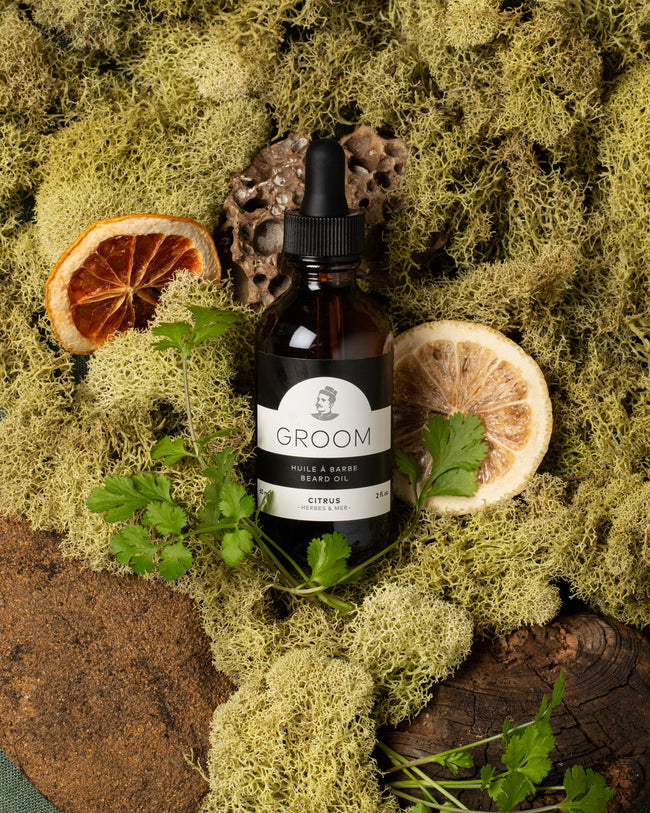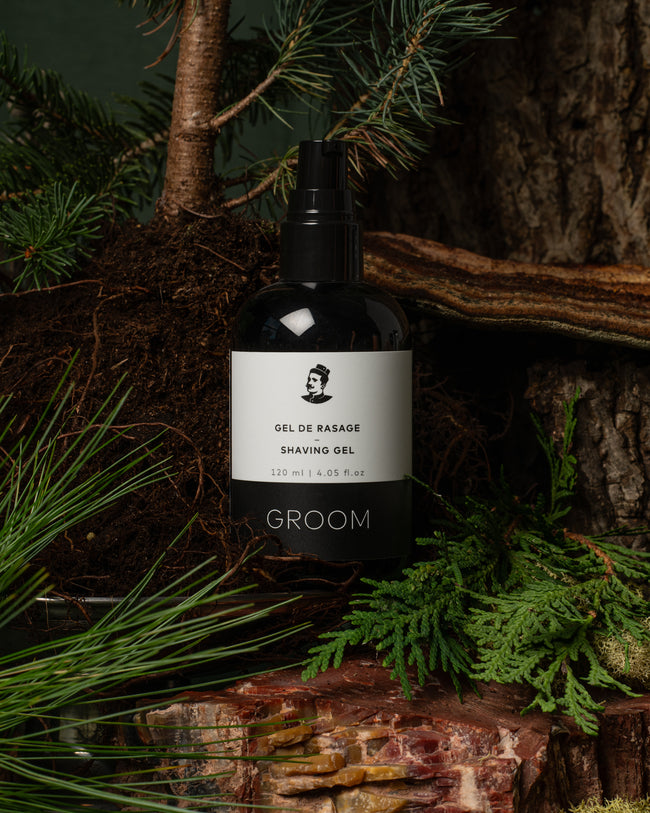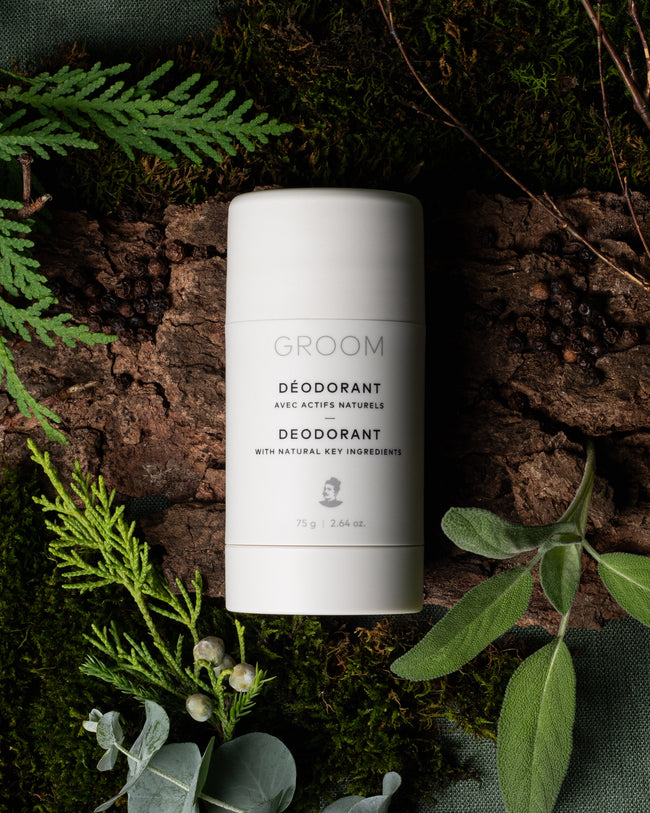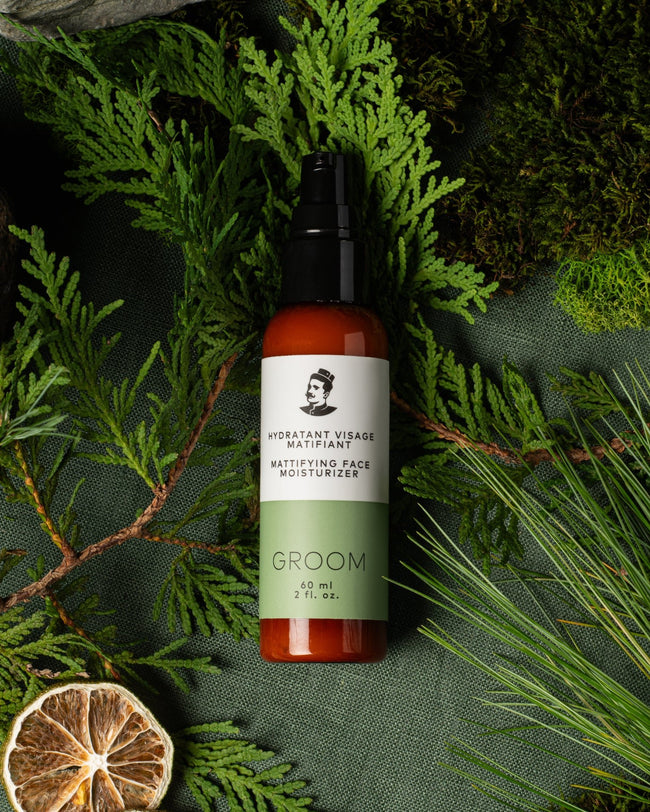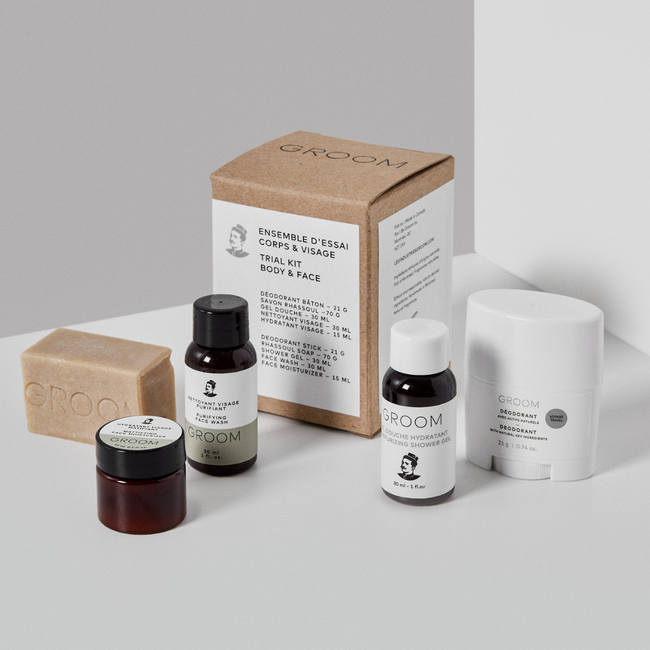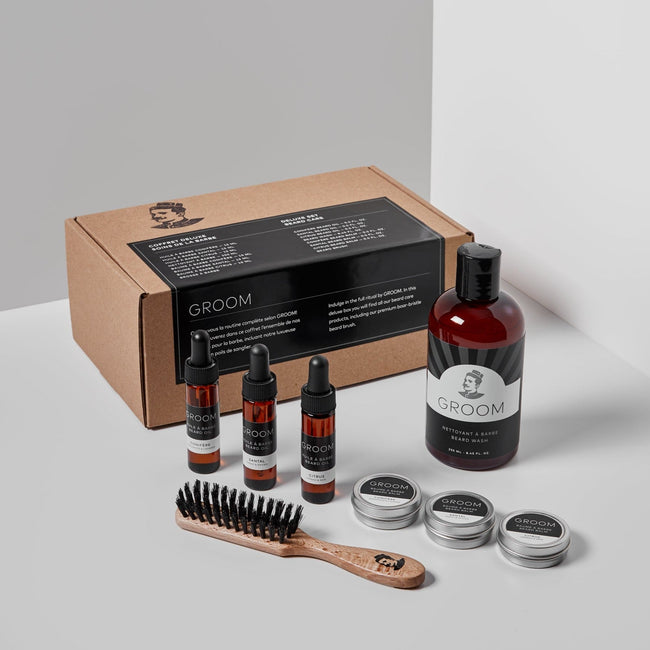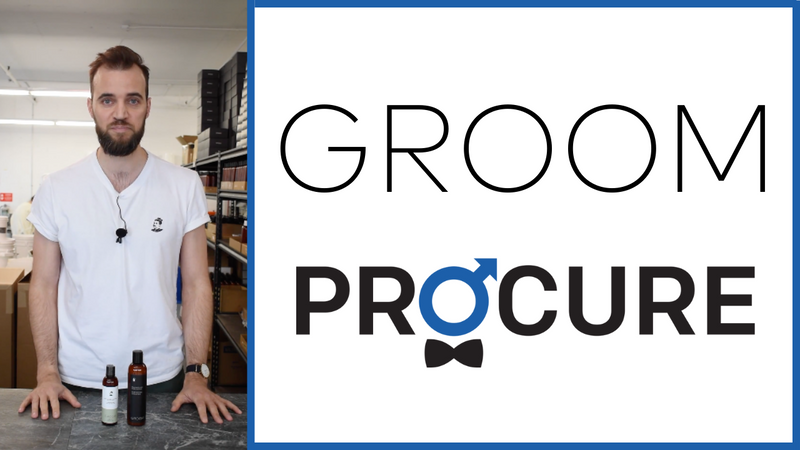In our industry, the choice of ingredients has a huge impact. They are the heart and soul of our products and the raw material for everything we do.
The body care industry has developed an impressive arsenal of « miracle » ingredients; while hugely cost-effective, they are often obtained through processes that raise considerable (if not severe) concern for the environment and human health.
To this effect, we make a stand to use only ingredients of natural origin, produced with minimal ecological impact.
In other words, we stand clear of an ingredient meeting one of the following criteria: obtained from a non-sustainable source, generated from a process involving toxic compounds, presenting a risk of bioaccumulation or eco-toxicity.
Among others, we avoid the following ingredients:
-
Petroleum derivatives: Crude oil extraction is a cause of ecosystem degradation, and its transformation involves highly toxic compounds and byproducts. In cosmetics, they are listed as the following: petrolatum, mineral oil, paraffin, etc.
-
PEG (polyethylene glycol): A large family of ingredients underwent ethoxylation. This requires the use of highly toxic and carcinogenic solvents, which often remain in trace levels in the final product. They are listed with the acronym PEG- followed by a number.
-
Parabens: These are conservative agents widely used in body care products. They have been linked to hormone disruption and are listed by a prefix and the suffix "paraben" (for instance: isobutylparaben, methylparaben)
-
Sodium lauryl sulphate/sodium laureth sulphate: These are widely used as a detersive agent, despite their well-documented irritant effects. They are obtained using an ethoxylstion process (see "PEG" above). They are also listed with their acronyms: SLS or SLES.
-
Silicones: Ingredients from the silicon family (also called polysiloxanes) have been identified as hormone disrupters and their overall toxicity. They are known to integrate the food chain, specifically in aquatic environments. They are listed by a prefix and the suffix "siloxane," the names D4, D5, D6 or a word ending with "thicone."
The David Suzuki Foundation has listed the most commonly found for more details on questionable cosmetic ingredients.
None of them are in our products.


